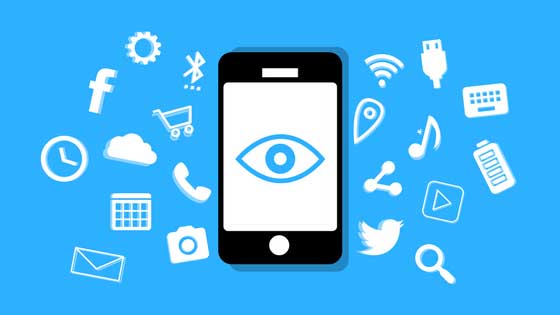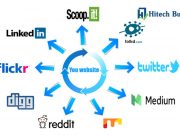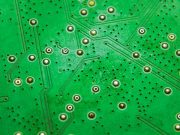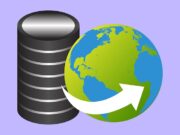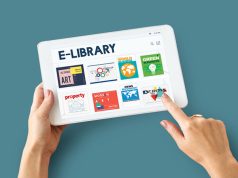iOS Emulators: What is this?
For decades, iOS Emulators has always been and will for a while continue to be stereotyped as the best or, as the millennials call it, “classy” platform because of the cool features it comes with. What is pretty sure about is that a great deal of people wants to have a piece of this “Apple-pie”. Unfortunately, most people cannot afford to enjoy these mind-blowing attributes because as we all know; prices of products from Apple are quite exorbitant.
That being said, a lot of PC and Mac users would wish to enjoy iOS apps with their Windows 10 PC and/or Mac book pro but sadly, customization for these apps is yet to be done. Among those people include; that Apple Fanboy who unfortunately owns a Windows PC, a gamer or geek who just wants to try that new fascinating iOS-only app or game. It could also be that developer who wants to try out his new app that is specifically made for an iPhone or iPad.
So before digging deeper into iPhone/iOS Emulators, let’s first explain the definition of Emulators. It is defined as a virtual program that creates an atmosphere or rather an operating system environment different from the native operating system. It duplicates all hardware and all software behaviors and features depicted in the original device. In other terms, it gives you the ability to run an unmodified app by simulating the hardware component the real device uses. So basically, iOS emulators work by generating an iOS-friendly environment that allows processing and running of iOS other OS platforms.
Pros and Cons of iOS Emulators
iOS emulators will easily transform a laptop or desktop into an iOS platform capable of running iOS apps. An iOS simulator, on the other hand, creates an iOS atmosphere but does not generate a hardware copy like iOS emulators. It’s for this reason that most developers and users pick emulators over simulators. As suggested by its name an iPhone simulator imitates the actual iPhone smartphone virtually. For developers mostly, it’s a useful tool because it provides them a platform to upload and test iOS applications in various OS atmosphere. Using iOS emulators for Windows you can run an iOS application on your Windows computer with ease.
The iPhone simulator recreates most attributes of an original iPhone and therefore developers can efficiently test their iOS apps without any trouble. For the curious minds who wish to know what it feels like to use iOS but can’t afford to buy an Apple device, iOS emulator download is available in variety and free of charge from respective official sites. iPhone emulators carry several benefits with it. To begin with, the most amazing thing about them is that the price on them is zero; free of charge, built with a user-friendly interface and most importantly ridiculously simple to install and operate. Also, with help from SDK, upgrades for iOS emulators can be accomplished easily.
The only set-back with all the emulators comes in the consumption of memory. Emulators consume a lot of RAM thus may not work efficiently when running concurrently with other apps. If you run a high-end game on the emulator, it may not work perfectly. For those users who have experienced the “feel” of iOS devices, the may feel the same way when they run apps on iOS emulators because the apps will or may run a bit differently. Lastly, incomplete data is a problem with emulators and the results of emulation may be complex for analysis.
More: Running Xcode on Windows – Complete Guide
Best iOS Emulator for PC: iOS-only Apps on Windows and Mac
One of the most amazing and free iOS emulators for Windows 10 is Air iPhone emulator. It’s also accessible to Windows 7, 8 and 8.1users. Air iPhone emulator is an Adobe AIR application. Just like any other emulator, it recreates iPhone’s graphical user interface. To operate Air iPhone your required to have AIR framework installed first. The sole purpose of this iOS emulator is to imitate the GUI of a mobile phone.
I can think of several uses for this emulator such as running games and applications meant for iOS. However the major use is reserved for iOS developers. After writing and before compiling an app, developers first pass it through Air iPhone for a test before the final release. For a Mac OS, iOS developers also rely on third-party programs to run iOS apps. Installing Air iPhone is pretty easy and straightforward.
As mentioned earlier, the first step is to install Adobe Air Framework on your PC. Afterward, proceed to download and save Air iPhone emulator from their official website. Double-click on the. Exe file downloaded and go through the steps displayed on the screen. When you are done with installing it, launch it; try out your treasured iOS apps for free. For developers, testing iOS-only apps is made easier by your friendly neighborhood iOS emulator Air iPhone.



